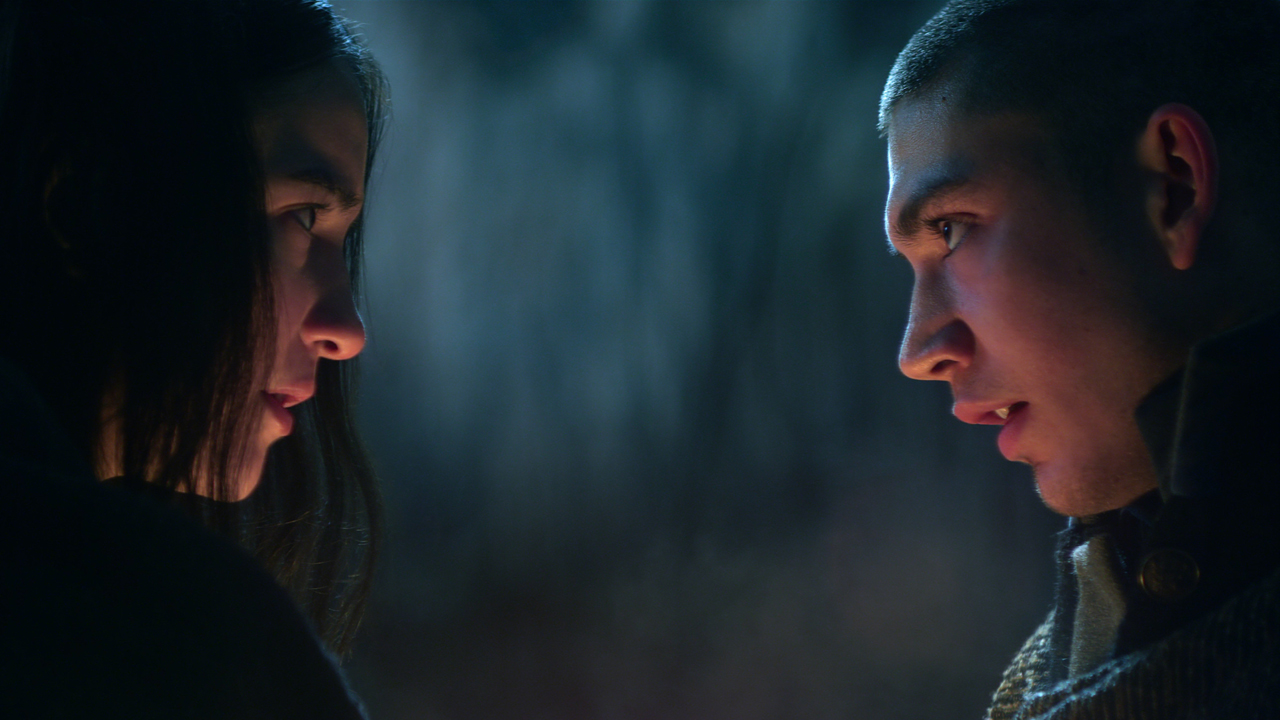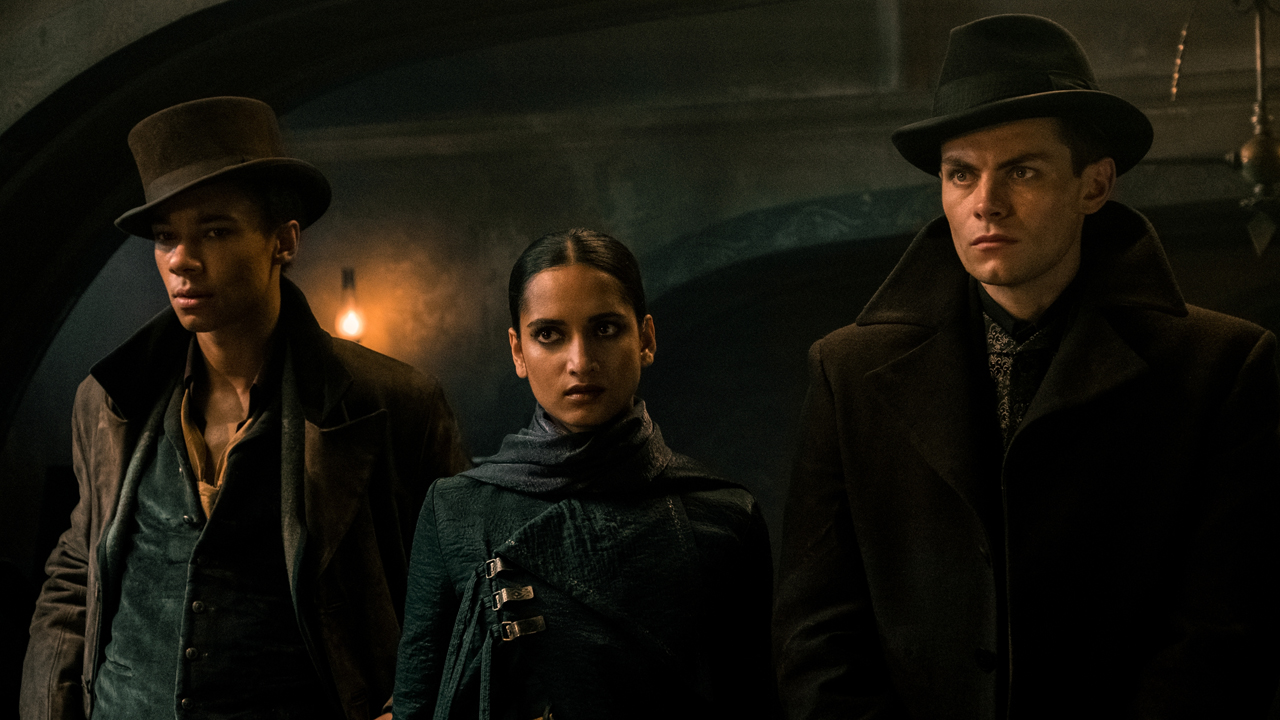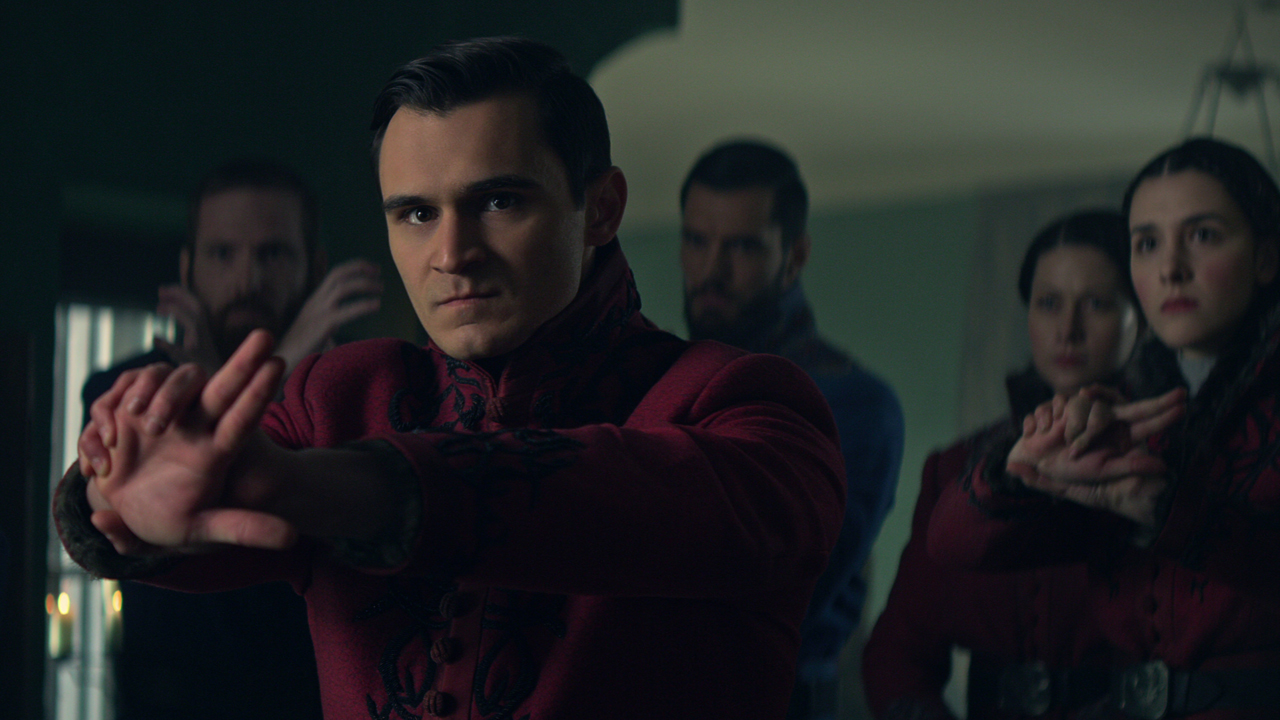Shadow and Bone, Netflix's TV show adaptation of Leigh Bardugo's bestselling fantasy novels, walks a fine line between honoring its source material and retconning certain outdated elements.
It's a balancing act that other book-to-TV adaptations have wrestled with. In Shadow and Bone's case, though, the revision of important story components was imperative.
It may be a fictitious world where magic and monsters reside, but Shadow and Bone needed to better reflect our own diverse world brimming with people of various races, gender identities and cultural backgrounds.
Ahead of the series' April 23 release, TechRadar sat down with Bardugo and showrunner Eric Heisserer to discuss character diversity, fantasy TV show comparisons, and how the Marvel Cinematic Universe influenced the show's action sequences.
- Shadow and Bone's new trailer shows why it'll be your next Netflix fantasy binge watch
- Here are the best supernatural TV shows on Netflix
- Best Netflix movies
Realizing an inclusive fantasy world

Based on Bardugo's Grisha trilogy and Six of Crows duology, Shadow and Bone tells two stories concurrently in the same timeline. The first follows Alina Starkov (Jessie Mei Li), an orphan and mapmaker who finds herself installed as savior-elect of the world.
On a dangerous voyage through the Shadow Fold – a massive, unnatural wall of darkness that divides the world's largest continent and is filled with bloodthirsty beasts – Alina unleashes an extraordinary power that might be the key to freeing the kingdoms of Ravka and Shu Han.
Heralded as the mythical Sun Summoner, a powerful Grisha warrior destined to destroy the Shadow Fold, Alina is whisked away from best friend Malyen (Archie Reynaux) to train under the tutelage of General Kirigan (Ben Barnes), a Grisha Shadow Summoner and Commander of Ravka’s armies.
Shadow and Bone charts a similar path plot-wise to its book namesake, which is the first entry in Bardugo's Grisha trilogy. But while Alina's story doesn't deviate too much from the novel, its cast of characters does – not from a personality perspective, but a diversity one.
"When Eric and I first sat down, the first thing I said to him was 'Shadow and Bone is very straight and white'," Bardugo says. "I was echoing a lot of the fantasy I had grown up with unconsciously. If you read through the books, you'll see that this changes. I began to reflect the world around me more authentically. There's no reason why our fantasy world shouldn't look that way, and that’s what we wanted to see in the show."
Key to this greater inclusivity push was Mei Li's casting as Alina. The character is depicted as a white, fair-haired Ravkan citizen in the novels, but her ethnicity and origins – Alina is half-Shu and half-Ravkan in the TV show – are altered in Netflix's adaptation to better reflect the world around us.
"Jessie, being mixed-race herself, has a lot of personal experiences that tie into the character we built for Alina," Heisserer adds.
"Being part-Shu, Alina has this pall cast over her from a young age because she looks like one of Ravka's enemies, but she fights for their army. We wanted to focus on a heroine who struggled to fit in, which feeds into the central question of the show, which is 'Where do I belong?'"
Summoning simultaneous storylines

If Bardugo’s original trilogy, by her own admission, is lacking in diversity, her follow-up series – the Six of Crows duology – is more inclusive. Characters including Jesper Fahey (Kit Young) and Inej Ghafa (Amita Suman), members of the Dregs gang led by Kaz Brekker (Freddy Carter) are representative of real and fantasy-world multiculturalism, and it’s this trio on which Shadow and Bone season 1’s second storyline is based.
After getting wind of a big payday for completing a particular mission, the group moves to ensure that they’re selected for the assignment. They soon realize, however, that they might be in over their heads. Why? Because they have to leave the safety of Ketterdam, the island of Kerch’s main city, and cross the Shadow Fold to capture Alina and bring her back for their wealthy benefactor.
Shadow and Bone, then, diverges from the Six of Crows duology’s initial plot. Netflix’s series tells its tales in parallel, but Six of Crows – the series’ first book – takes place after the events of the Grisha trilogy. In order to tell both stories simultaneously, Heisserer and Bardugo collaborated on backstories for Kaz, Jesper and Inej that would serve as both a prequel to the duology, and enable the Dregs to eventually cross paths with Alina in the TV show. Bardugo, though, says such a proposition wasn’t as daunting as it might have initially seemed.
“When we decided to bring Six of Crows and Shadow and Bone together, it felt very organic,” she says. “In the books, these storylines do end up on a collision course, so it didn’t feel artificial. We just had to fiddle with the timeline a little bit. We [also] wanted to give time and attention to these other characters, which would make the world feel inhabited in the way that it is when you get to the duology.”
Shadow and Bone isn’t the only Netflix production that has followed a multi-story format. The Witcher’s live-action adaptation told three stories across different timelines simultaneously that, while initially confusing to viewers, made sense by season 1’s end. Comparisons between the two series, then, seem inevitable, but it’s not a similarity that Heisserer concerns himself with.
“The comparison [for Shadow and Bone] was always the source material,” he says when we asked about the series’ correlations. “We had our blueprint and roadmap, and we’d stick to that. I’m not really drawn to something [like The Witcher] because it reminds me of something else, but rather something I haven’t seen before.”
It’s a kind of magic

Another way in which Shadow and Bone differs from The Witcher is in how it portrays magic. The Witcher’s version is derived from Chaos power, and often referred to as ‘The Art’ in Andrzej Sapkowski’s novels. In contrast, Shadow and Bone – and the Grishaverse in general – broaches the subject from a scientific standpoint.
The Grisha, in the TV show and source material, are humans who practise Small Science – a process that enables them to manipulate matter at its base level. This allows them to alter matter’s makeup to control the elements, heal injuries or, in Alina and General Kirigan’s cases, create light and shadow respectively.
In the novels, such matter manipulation is conducted through hand gestures. For Netflix’s adaptation, finger tutting, a hand movement derived from a type of dance move, was used to showcase the Grisha’s unique ability. To authentically recreate such actions, Shadow and Bone’s creative team looked a movie that utilized not-too-dissimilar gestures – 2016 MCU movie Doctor Strange.
“We have different Grisha orders [who] activate different offensive powers,” Heisserer explains. “So we brought in a gesture specialist who had done lots of work on Doctor Strange, and he offered some inspiring ideas that we could use for our visual vocabulary. That, along with our choreographers and stunt coordinators, allowed us to get a layered feel to a lot of the fighting.”
Not every battle in Bardugo’s world pits Grisha against Grisha, though, so what fighting styles were used for non-Small Science users to give them an advantage in any non-Grisha versus Grisha showdown?
“For our Ketterdam dwellers, for example, our stunt leads worked on what they had known as bare-knuckle boxing, which you’d find in Amsterdam,” Heisserer says. “This ensures that it looked and felt different, but also just as brutal [as Grisha fights]. If you’re growing up as a fighter in a world of magic, you’re going to have an edge to you that doesn’t necessarily exist. You know that if you don’t close the distance fast you’ll be dead.”
Grishaverse fans have been unequivocal in their excitement ahead of Shadow and Bone’s arrival. Despite this ostensible display of enthusiasm, however, there will be some fans who may be unhappy over plot changes, the aesthetic of the TV show’s world, or character choices. After all, fans of any book series will have a picture in their mind of how a fictional world appears. Having an actual visual representation of how something looks in Netflix's adaptation, then, may not be to every fans' liking.
For Bardugo, appeasing every fan with Shadow and Bone’s final look is an impossible task. However, the Grishaverse’s creator believes that making the series’ big decisions early on has genuinely helped to bring her two novel series together, and hopes fans will appreciate the amount of work that went into adapting – and updating – her original works.
“I didn’t know exactly how we were going to pull it off,” Bardugo admits. “But once we overcame some hurdles, I knew we were in good hands. You can’t write thinking about pleasing every fan; I think that’s the way to real mediocrity. I think scared artists make bad art and, instead, we had a writers’ room who felt empowered to make bold choices. I think the series is much better for that.”
Shadow and Bone season 1 launches exclusively on Netflix on Friday, March 23.
from TechRadar - All the latest technology news https://ift.tt/3sqppUR

No comments:
Post a Comment